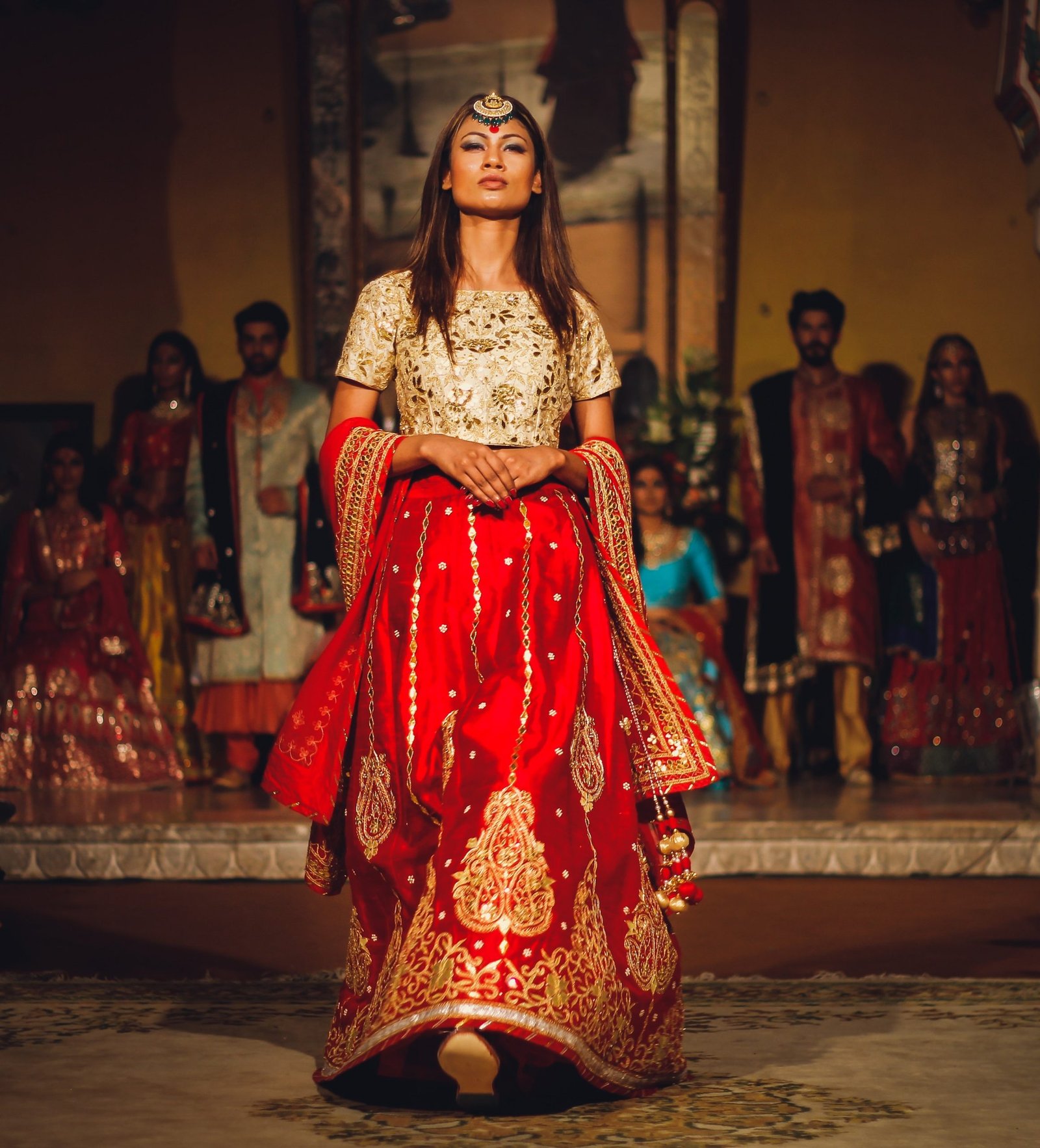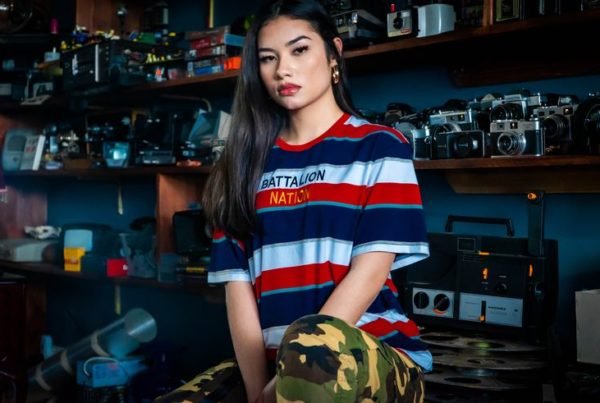India is a vast country with a wide variety of cultures and custom. The country is primarily famous for its cultural diversity. To suit the country’s varying climatic conditions with the Himalayas to its north and the Indian Ocean to its south, people from different regions have adapted and developed different clothing styles.
In this mix of varying cultures, ethnic Indian clothing is one of the many things that glorify and represent the differences between India’s various parts.Despite globalization, Indians continueto preserve their traditional values and ethnic fashion, vital to their culture. A few well-known items of the traditional Indian wear have made debuts in big-budget Hollywood films like sarees, dhotis, and dastar, the turban mostly worn by the Sikh.
In this post, let us try and get to know more about the ethnic wear of Indian women.
Traditional Clothing of Indian women
There are different kinds of clothing traditionally worn by Indian women associated with specific local cultures, religions, and regions. In rural India, women continue to wear traditional clothes, even when western options are available.
Mekhela Sador:
Women of all ages wear the traditional dress of Assam, the Mekhela Sador, which has three main parts:
Mekhela:
The Mekhela is the bottom portion of the attire wherein pleats, which are generally folded in the right-hand direction, are tucked in at the waist to form a cylindrical shape.
Sador:
The Sador is the top portion of the attire. The Sador is a long piece of cloth tucked into the Mekhela on one end, and the rest of it is wrapped around the upper half of the body.
Riha:
The Riha, or the final part, is a narrow piece of cloth covered by the Sador. Women wear it to important ceremonial events.
Salwar Kameez:
The salwar kameez is one of the most common traditional suits for women of Punjab. The salwar is a lower garment that narrows down towards the ankles and, in this case, is paired with a tunic top, the kameez.
Women usually also like to wear a dupatta or a chunni with it to cover their heads and shoulders and also to provide an elegant look.
Anarkali suit:
Anarkali Suit sets consist of a long flowy A-line top and a churidar salwar or even leggings. It is majorly worn by women of South-East Asia ( India and Pakistan) and the middle east.
Anarkali suits are versatile, their lengths can be modified as per the wearer’s comfort, and they can be worn sleeveless or with long sleeves.
Churidaar:
Churidaar is a type of salwar; it fits loosely around the knees and tight around the calf. It can be worn with any traditional suits for women.
Lehenga Choli:
The women traditionally wear Lehenga Choli in Rajasthan and Gujarat, and it is also worn during some folk dances. It consists of four parts:
- a lehenga, which is a full-length long skirt
- a choli, a blouse, and
- an odhani, a shawl-like scarf, also known as a dupatta.
Sarees:
Sarees are also one of the most representative and famous traditional clothing of the Indian subcontinent. A saree is a drape that can be anywhere from 4.5 meters to 8 meters long and usually about 1 meter wide.
It is generally wrapped around the waist, with one end covering one shoulder and exposing the midriff. In most cases, sarees are worn along with a blouse and a petticoat, called parkar, underneath.
Conclusion
India has produced a plethora of beautiful garments, with styles for both men and women. Gender and geography aside, the captivating beauty of traditional Indian wear has no match.
Despite westernization, globalization, and the influences of the West’s homogenization, the prevalence of traditional dress in India has not diminished. The ancient Indian traditions, cultures, and values remain strong, and you can still see the youth of today adorning their bodies with them.





